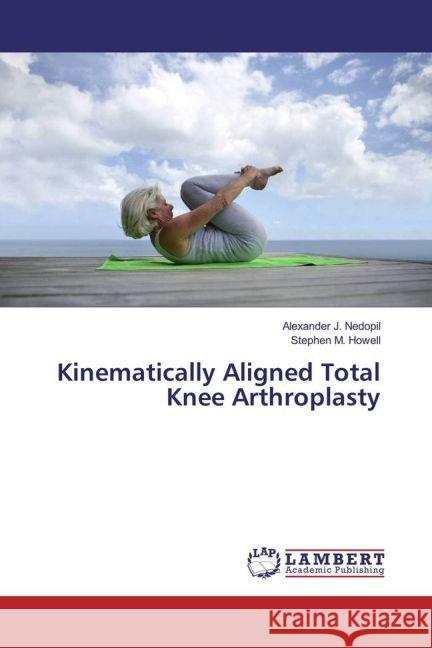Kinematically Aligned Total Knee Arthroplasty » książka
Kinematically Aligned Total Knee Arthroplasty
ISBN-13: 9783659861062 / Angielski / Miękka / 2016 / 56 str.
National registries demonstrate a 7-fold increase in total knee arthroplasties (TKAs) over the last 13 years. In the early implementation of TKAs in the 1960s, most surgeries were performed to treat lower extremity deformity caused by rheumatoid arthritis. In the present era, patients primarily undergo TKA when osteoarthritic pain limits their activity. Despite advances in technology and materials, up to 20% of patients remain unsatisfied after TKA. Malalignment of the femoral and tibial components is one reason for these poor results. The current standard for aligning the femoral and tibial components is to position the components perpendicular to the mechanical axis. This technique of mechanically aligning the knee is applied irrespective of the patient's individual anatomy, often requiring soft tissue balancing to accommodate for the artificial alignment created during surgery. Kinematically aligned TKA strives to restore the native joint line, thereby preserving the soft tissue envelope to permit normal knee motion. This book explains the basic science and goals of kinematic alignment, provides clinical evidence, and details the surgical technique of kinematically aligned TKA.











